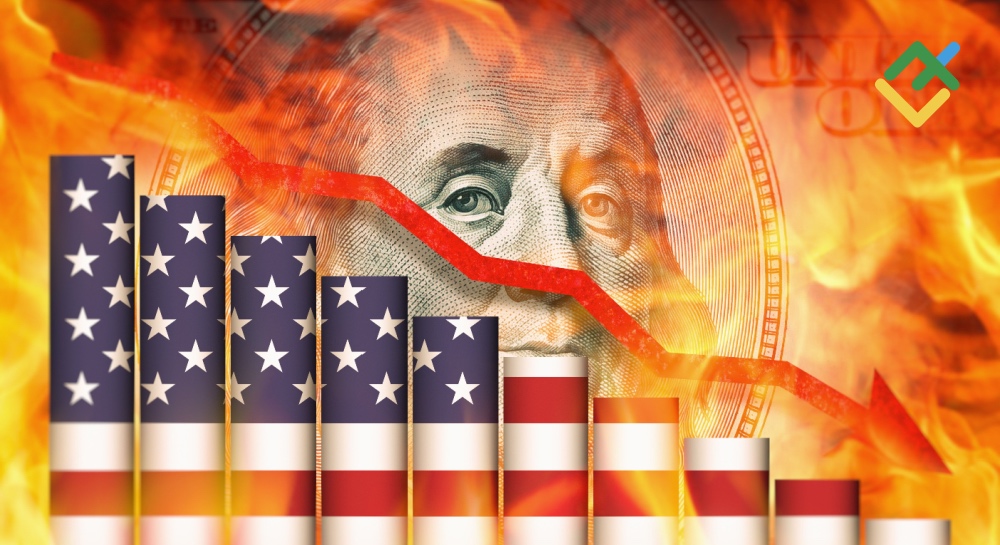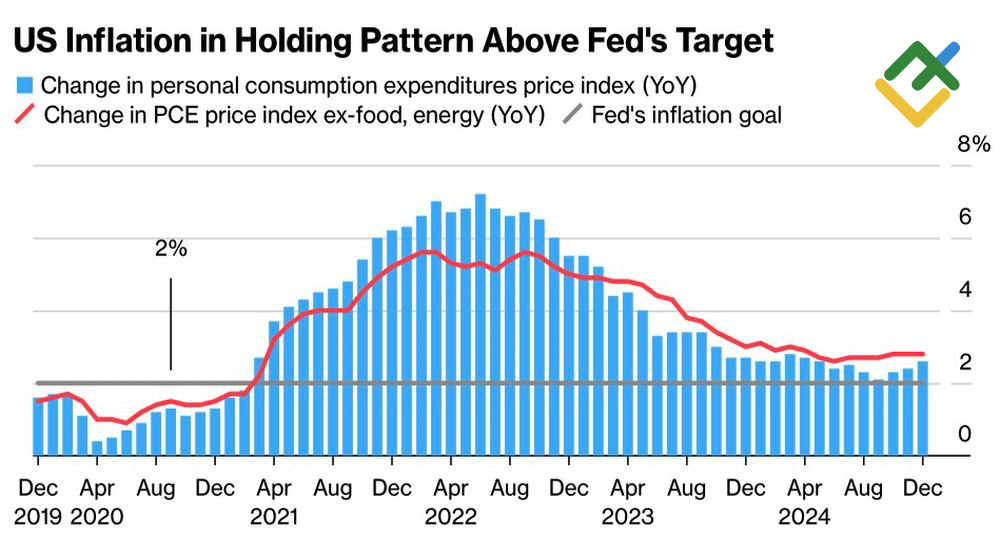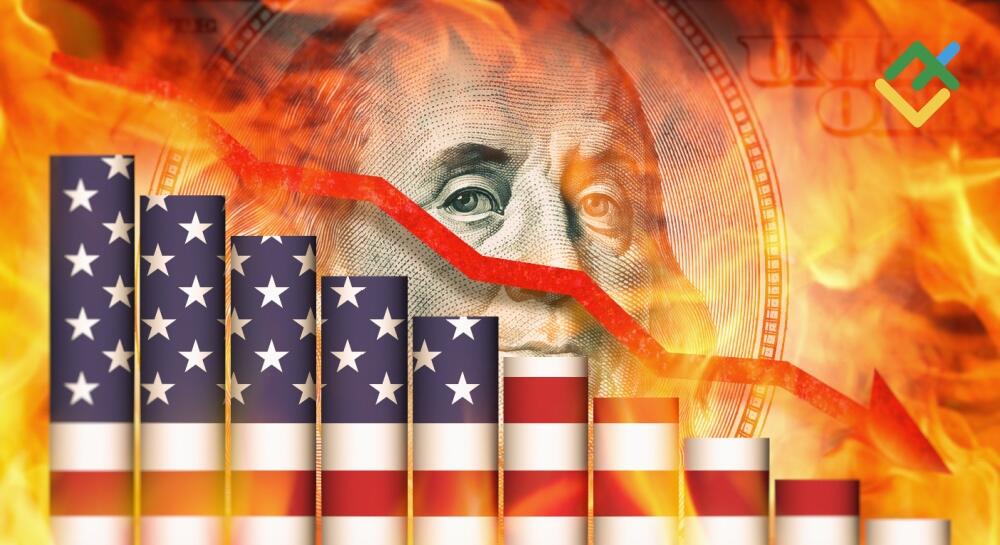
Recent developments show that the concerns surrounding Donald Trump’s policies may have been exaggerated. Instead of implementing universal tariffs, he has adopted a more nuanced approach, favoring reciprocal tariffs and strategic postponements. Was it really beneficial to sell the EURUSD pair so aggressively? The markets have their doubts. Let’s discuss this topic and make a trading plan.
The article covers the following subjects:
Major Takeaways
- Jerome Powell has outlined the conditions under which the Fed will consider cutting rates.
- The Trump trade retreat is underway in the markets.
- Tariffs could spur inflation and hinder US GDP growth.
- The EURUSD pair may surge to 1.0425 and 1.0455 if the CPI is close to forecasts.
Daily US Dollar Fundamental Forecast
The impact of tariffs is a key consideration in the current economic climate. Market confidence that Trump’s tariffs will accelerate inflation and strengthen American exceptionalism is waning. During his speech to Congress, Jerome Powell avoided directly addressing this topic, further fueling investors’ concerns about the EURUSD pair sliding to parity. The scale of these tariffs is also a burning question. While the US President initially proposed 60% tariffs against China, he has since limited them to 10%. Mexico and Canada have been granted postponements, and the implementation of universal duties ranging from 10% to 20% is expected to be replaced by reciprocal measures.
The Trump-trade retreat has coincided with a decline in bearish sentiment regarding the EURUSD exchange rate. Investors are increasingly convinced that tariffs will impede US GDP growth, reminiscent of the impact observed during Trump’s first tenure. The potential loss of US exceptionalism is exerting pressure on the US dollar. The US dollar’s strength is not being supported by the Federal Reserve’s intention to maintain high interest rates for an extended period, nor by a robust economy. According to Jerome Powell, solid economic performance allows the US regulator to take its time in easing monetary policy.
However, there is a flip side to the coin. In a strong economy, firms can easily increase prices without worrying about pressuring consumers. As a rule, inflation accelerates early in the year, as seen in 2024, when higher CPI and PCE growth prompted the Fed to delay its plans to initiate the monetary expansion cycle until September. History suggests a similar pattern may emerge in early 2025.
US Inflation Change
Source: Bloomberg.
According to experts at Bloomberg, the consumer price index is projected to rise by 0.3% m/m in January, notching the fifth such increase over the past six months. Inflation has clearly stabilized, prompting the derivatives market to anticipate a reduction in the federal funds rate only in July. This expectation, in conjunction with the European Central Bank’s accommodating monetary policy, is expected to bolster the euro against the US dollar. However, investors are currently anticipating a different scenario.
Ahead of Donald Trump’s tariffs coming into effect, there has been an increase in the front-loading of imports. Consequently, net exports are expected to deduct a significant portion of GDP. The White House’s plans to reduce the government workforce could potentially cool the labor market. Fed Chair Jerome Powell has stressed that the Fed will resume cutting rates if inflation falls faster than expected or the labor market unexpectedly weakens.
Daily EURUSD Trading Plan
The Fed’s decision to pause and clarify the situation with Donald Trump’s policy, as well as to assess the consequences for the economy, is a prudent move. In the event that the January CPI figure significantly exceeds the forecast, short positions can be opened on the EURUSD pair with the target at 1.012. However, if the figure meets expectations, a correction towards 1.0425 and 1.0455 can be anticipated, creating an opportunity to open long positions on the pair.
This forecast is based on the analysis of fundamental factors, including official statements from financial institutions and regulators, various geopolitical and economic developments, and statistical data. Historical market data are also considered.
Price chart of EURUSD in real time mode
The content of this article reflects the author’s opinion and does not necessarily reflect the official position of LiteFinance broker. The material published on this page is provided for informational purposes only and should not be considered as the provision of investment advice for the purposes of Directive 2014/65/EU.
According to copyright law, this article is considered intellectual property, which includes a prohibition on copying and distributing it without consent.
{{value}} ( {{count}} {{title}} )
This post is originally published on LITEFINANCE.




